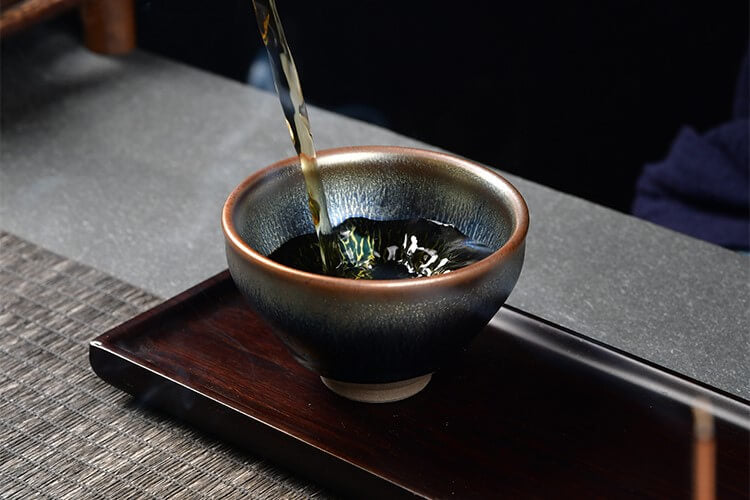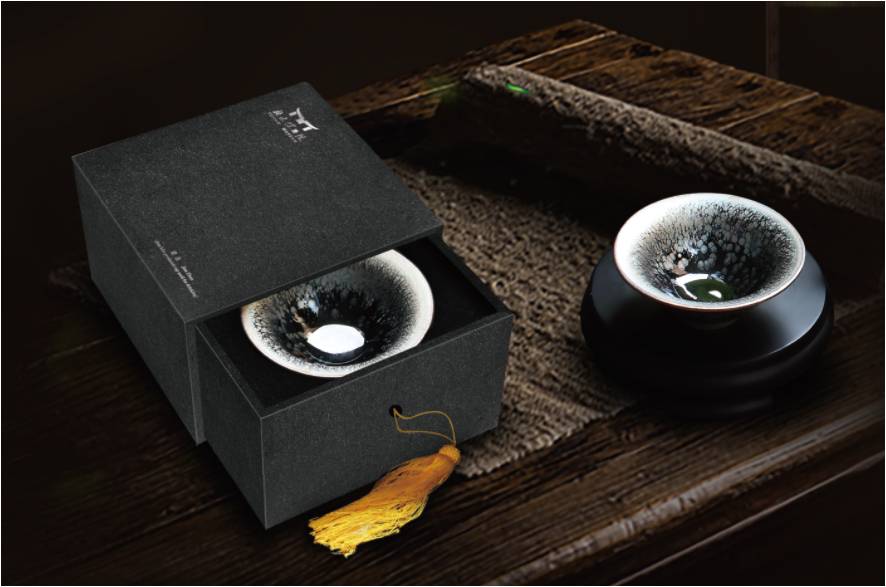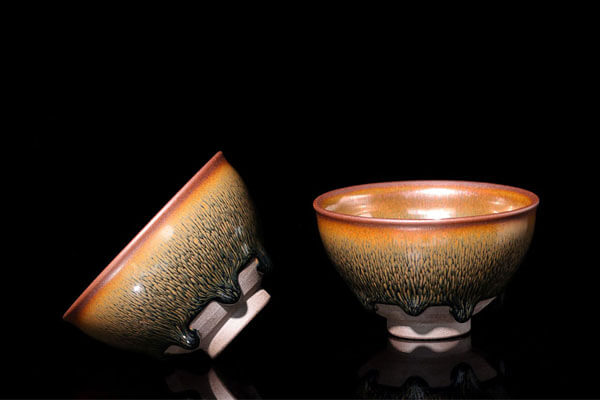Unlocking the Best Flavor of Tea: The Art of Choosing the Right Water
Water is the mother of tea, and utensils are the father of tea.” This old saying captures a truth every tea lover knows: the water you use is just as important as the leaves themselves. Aroma, taste, and even the color of a tea infusion all depend heavily on water quality. Whether it’s the fresh brightness of green tea, the mellow sweetness of black tea, or the deep lingering charm of Pu’er, each type of tea needs water that complements it.
This guide explores how water affects tea, what makes water suitable for brewing, the strengths and weaknesses of different water sources, and practical tips for selecting and treating water so that every cup reaches its full potential.

1. Why Water Quality Matters
Tea contains polyphenols, amino acids, caffeine, and aromatic compounds—all of which interact with water during brewing. The way these substances dissolve and release depends directly on water characteristics.
-
Hardness (Minerals): Hard water, rich in calcium and magnesium, binds with tea polyphenols and tannins, dulling color and producing bitterness. Soft water, in contrast, draws out active ingredients, creating a bright infusion, clean fragrance, and smooth sweetness.
-
pH Balance: Slightly acidic water (pH 6.5–7.0) enhances green and black tea color while preserving flavor. Alkaline water (>7.5) darkens the infusion and mutes taste.
-
Purity: Impurities like chlorine, heavy metals, or organic matter distort aroma and flavor. Even trace chlorine in tap water can ruin tea with a “chemical” taste.
In short, water is the silent partner in tea brewing. Without the right water, even the finest leaves cannot shine.
2. The Three Standards of Good Tea Water
The ideal water for brewing tea is often described as clear, sweet, and lively. Scientifically, this translates to three key indicators:
-
Hardness: Best between 50–100 mg/L (soft to moderately soft). This balance supports aroma release and maintains a smooth, bright infusion.
-
pH Value: Neutral to slightly acidic (6.5–7.5). This range enhances flavor and prevents dulling of infusion color.
-
Purity: Clear, odorless, free of chlorine, heavy metals, and sediments. Only pure water preserves the authentic character of tea.
3. Comparing Water Sources
Different water sources bring different qualities. Knowing which to use—and for which teas—is the key to great brewing.
-
Mountain Spring Water: Naturally filtered, soft, and mineral-balanced, it is the gold standard. Perfect for delicate teas like green, white, and high-grade oolong.
-
Mineral Water: Best when low in minerals (≤500 mg/L). Good for black and dark teas but avoid high-mineral varieties, which taste harsh and overpower tea.
-
Tap Water: Readily available but usually contains chlorine and varies in hardness. With treatment (standing, boiling, or filtering), it works for dark teas and ripe Pu’er but is not ideal for delicate teas.
-
Purified Water: Very pure, neutral, and consistent. Excellent for green, white, and yellow teas, though it may taste flat with darker teas due to its lack of minerals.
-
Distilled Water: Ultra-pure but lifeless. Useful only in professional tastings to evaluate tea objectively, not for everyday drinking.
4. Improving Water for Tea
If perfect water isn’t available, you can refine what you have:
-
Softening Hard Water: Boil and let stand to precipitate minerals, use ion-exchange softeners, or dilute with purified water.
-
Removing Odors: Activated carbon filters, aeration, or simple boiling help eliminate chlorine and off-flavors.
-
Adjusting pH: Mix with purified water or use natural mineral stones to maintain slight acidity.
5. Matching Water to Tea Types
Each tea has its own preferences:
-
Green & White Tea: Require soft, slightly acidic water (50–80 mg/L) to preserve freshness and vibrant color.
-
Black & Yellow Tea: Do well with neutral, soft water (80–100 mg/L), which enhances their sweet, mellow character.
-
Oolong Tea: Thrives in soft, odorless water (50–90 mg/L) that brings out complex floral and fruity aromas.
-
Dark Tea & Pu’er: Benefit from slightly harder water (100–120 mg/L) to enrich body and depth, avoiding the thinness that purified water can create.
6. Common Misunderstandings
-
More minerals = better: Excess minerals make tea bitter and dull, not richer.
-
Tap water is fine as-is: Chlorine and impurities spoil tea unless treated first.
-
One water fits all teas: Different teas need different water to show their best.
-
Ignoring temperature: Water type affects boiling point. Pairing the right water with the right temperature is essential.
Final Thoughts
Water may seem ordinary, but in tea brewing, it is everything. By understanding hardness, pH, purity, and source differences, you can match water to tea and bring out every nuance of aroma, flavor, and color.
When chosen wisely, water not only elevates the tea in your cup but also connects you to nature’s balance—offering a deeper, more joyful tea experience. Truly, water is the mother of tea.







